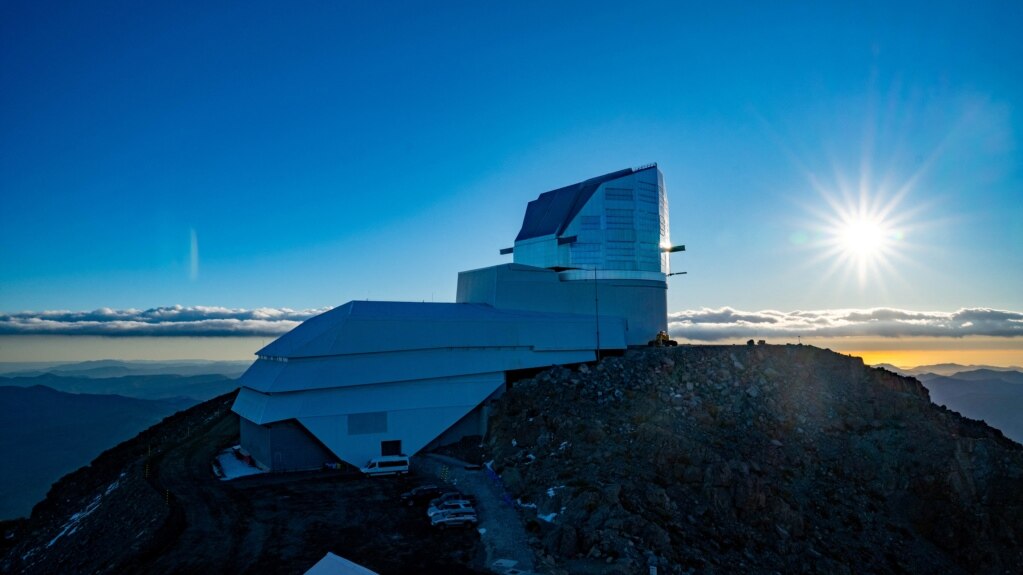The largest digital camera ever built for space scientists is ready to be put in place under the clear skies of northern Chile.
The camera can produce images above 3.2 gigapixels in size and weighs nearly three tons. A pixel is the smallest area of detail in a digital image.
The camera is one of the main pieces required of the Vera C. Rubin Observatory. The pieces include a telescope with a mirror that is 8.4 meters across and the huge camera. The observatory is expected to start full science operations in 2025.
The observatory is on the top of a mountain called Cerro Pachón in the Coquimbo area of Chile. It is on the edge of the Atacama Desert 565 kilometers north of Chile’s capital Santiago.
Chile has many of the largest research telescopes in the southern half of the world because of the clear skies above the Atacama Desert, one of Earth’s driest places.
Stuartt Corder is chief science officer for AURA, the Association of Universities for Research in Astronomy. He is also a director of the NOIRLab center, which will operate the telescope.
He said, “Everything that we needed for operations [is] now on the summit and ready for checkout and hopefully for installation a little bit later this year.”
AURA is a group of 49 U.S. institutions and three international ones. AURA helps operate the astronomical observatories for the National Science Foundation and the U.S. space agency, NASA. It is responsible for operating the NOIRLab center.
The camera will produce around 20 terabytes of data each night. It will take pictures of the sky for 10 years producing a huge database of information about all parts of the sky that can be seen from Chile.
Corder said one of the goals of the exploration will be to understand the nature of dark energy and dark matter in the universe. Scientists say these are forms of energy and matter that exist in theory but have not been observed.
Corder said they are “names we give to things because we don't really know what they are.”
Another goal will be to search for and study asteroids that threaten to strike the Earth or to look for nearby stars and planets.
Corder said the arrival of the camera was “…a really inspiring moment where you can say - we're starting.”
And he added, “We're standing here at the precipice, getting ready to start a campaign that in ten years, we hope will answer the questions of...when the universe was made and started into motion...and how will it continue to evolve in the future?”
The results may be similar to what we already know, Corder said, but they will help refine our understanding the universe.
I’m Ashley Thompson.

